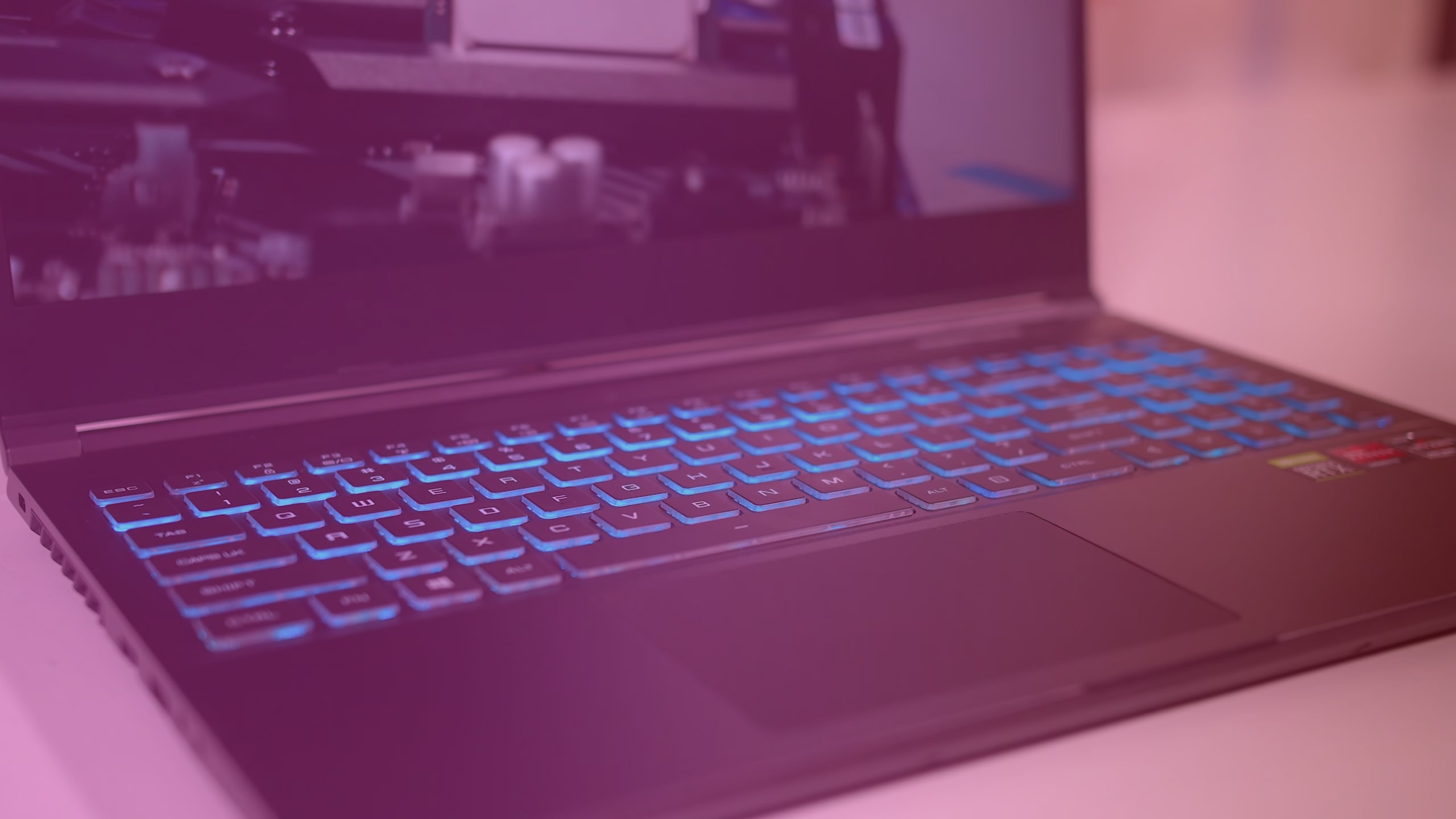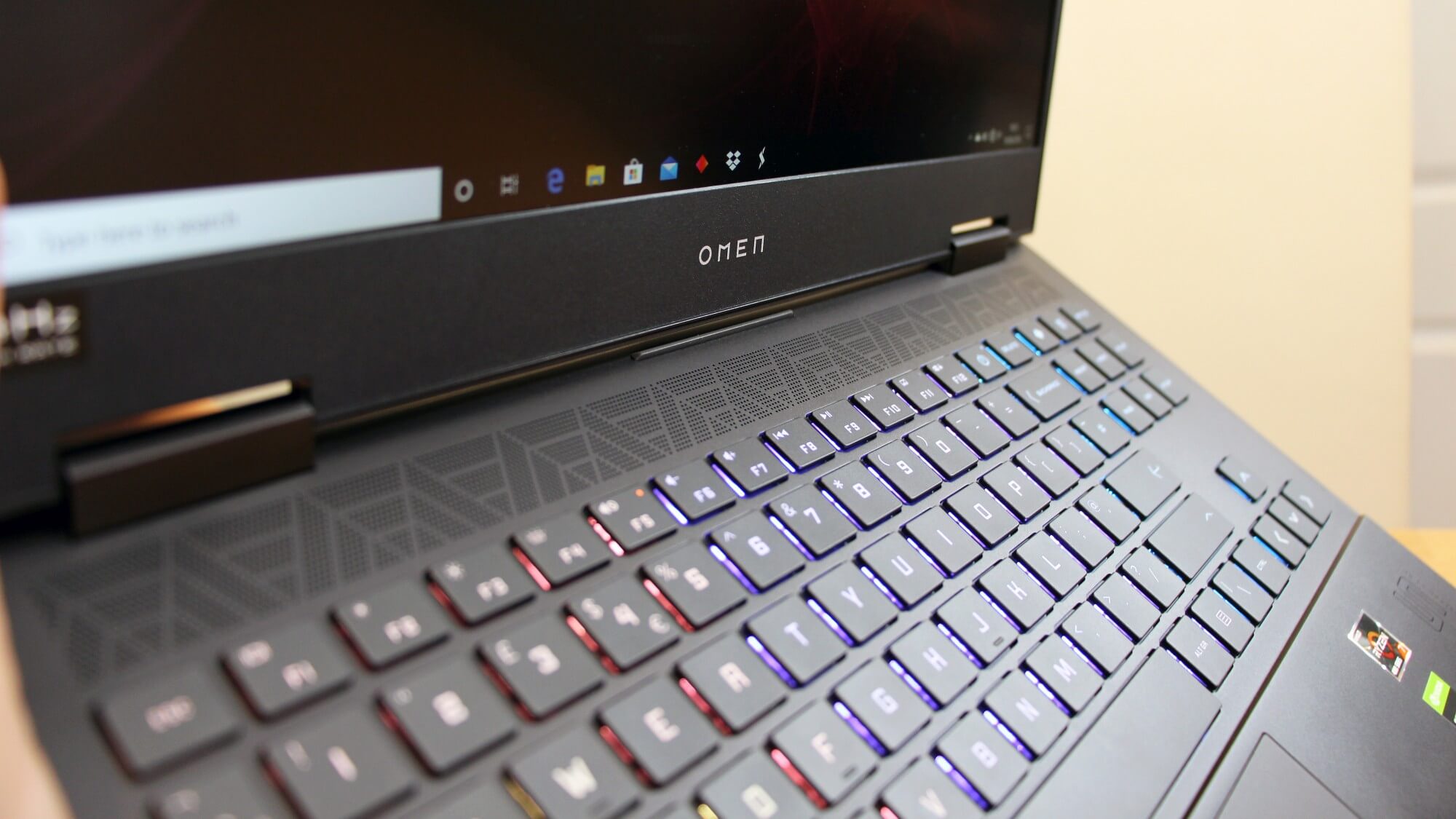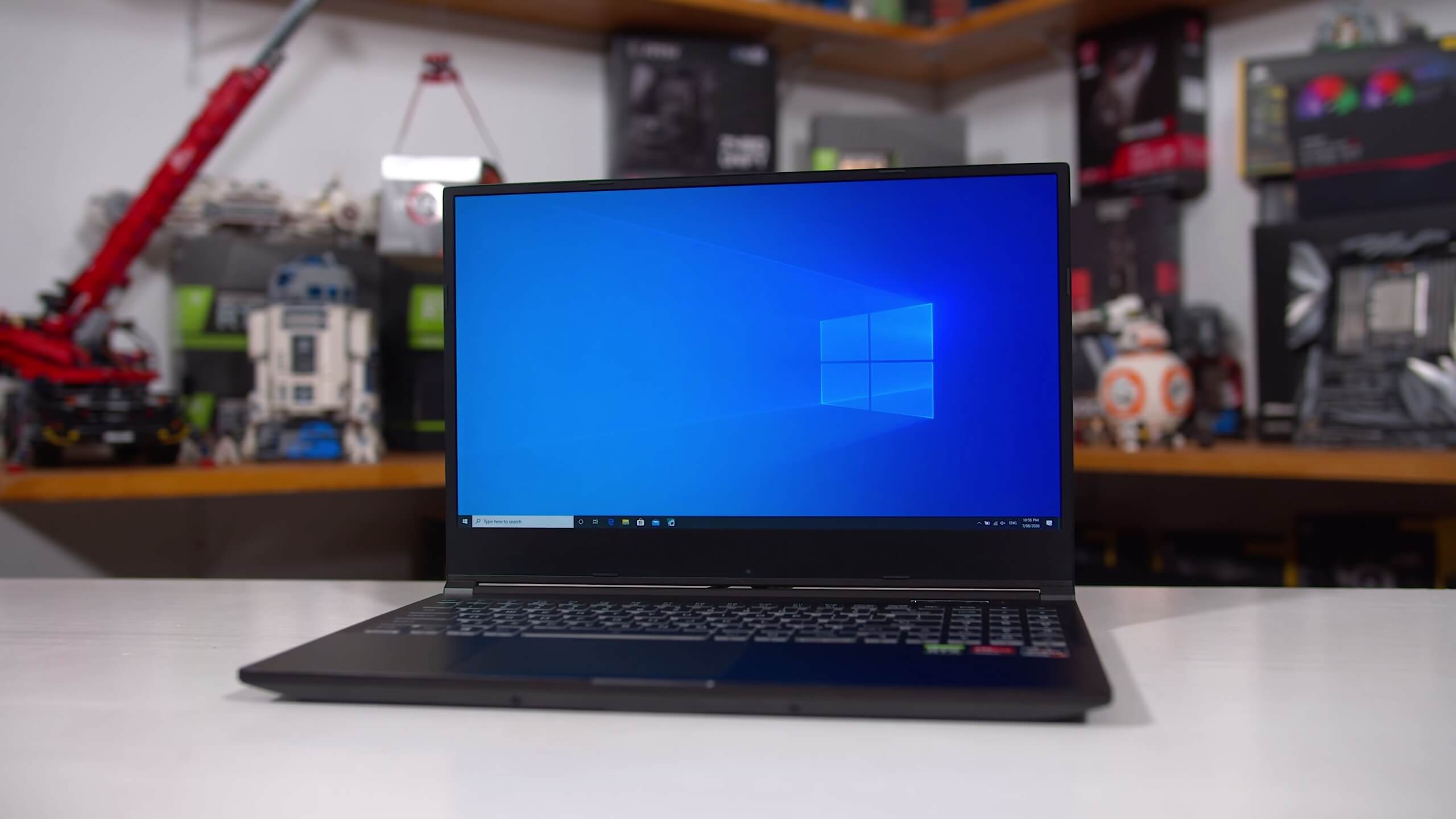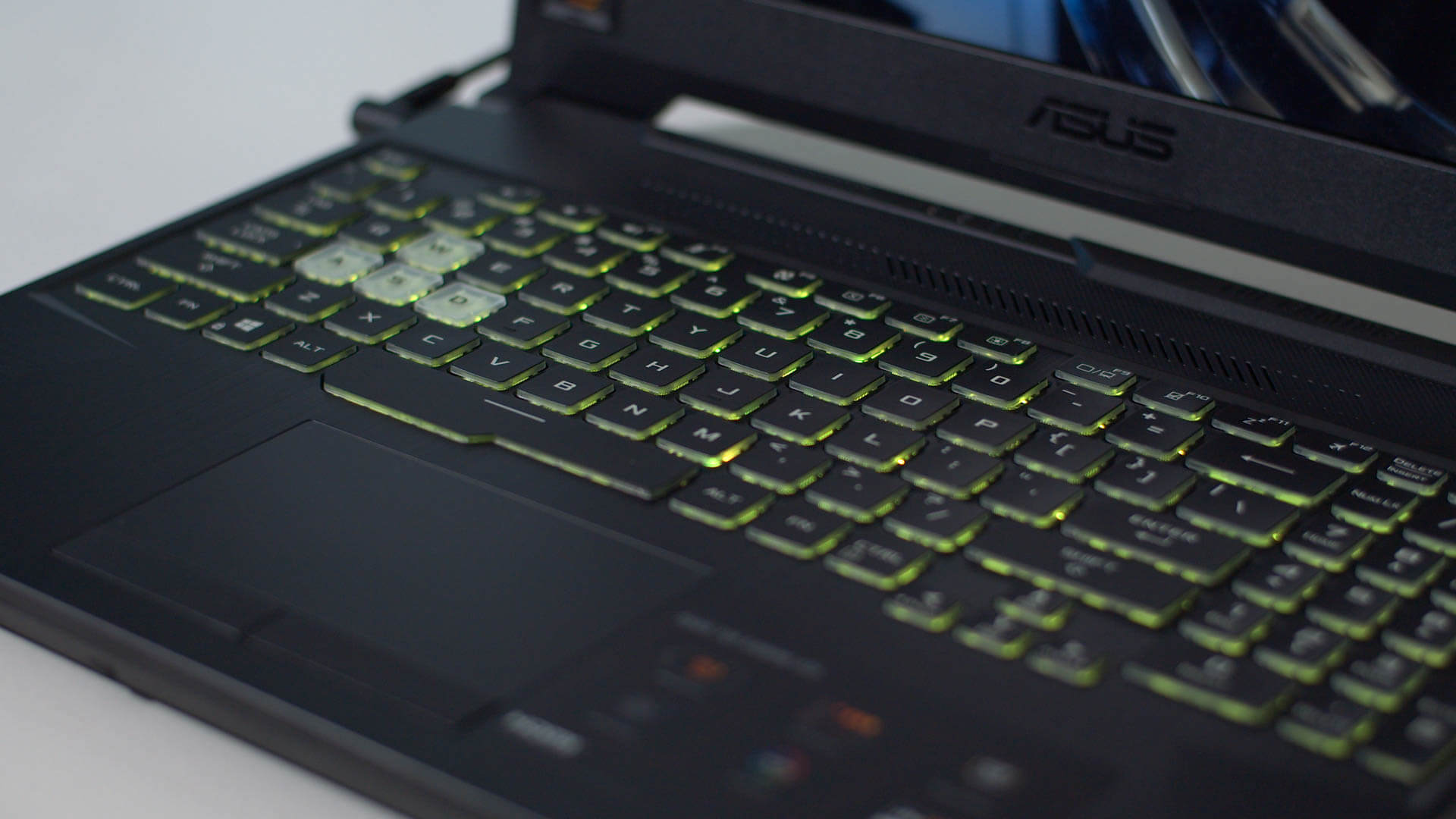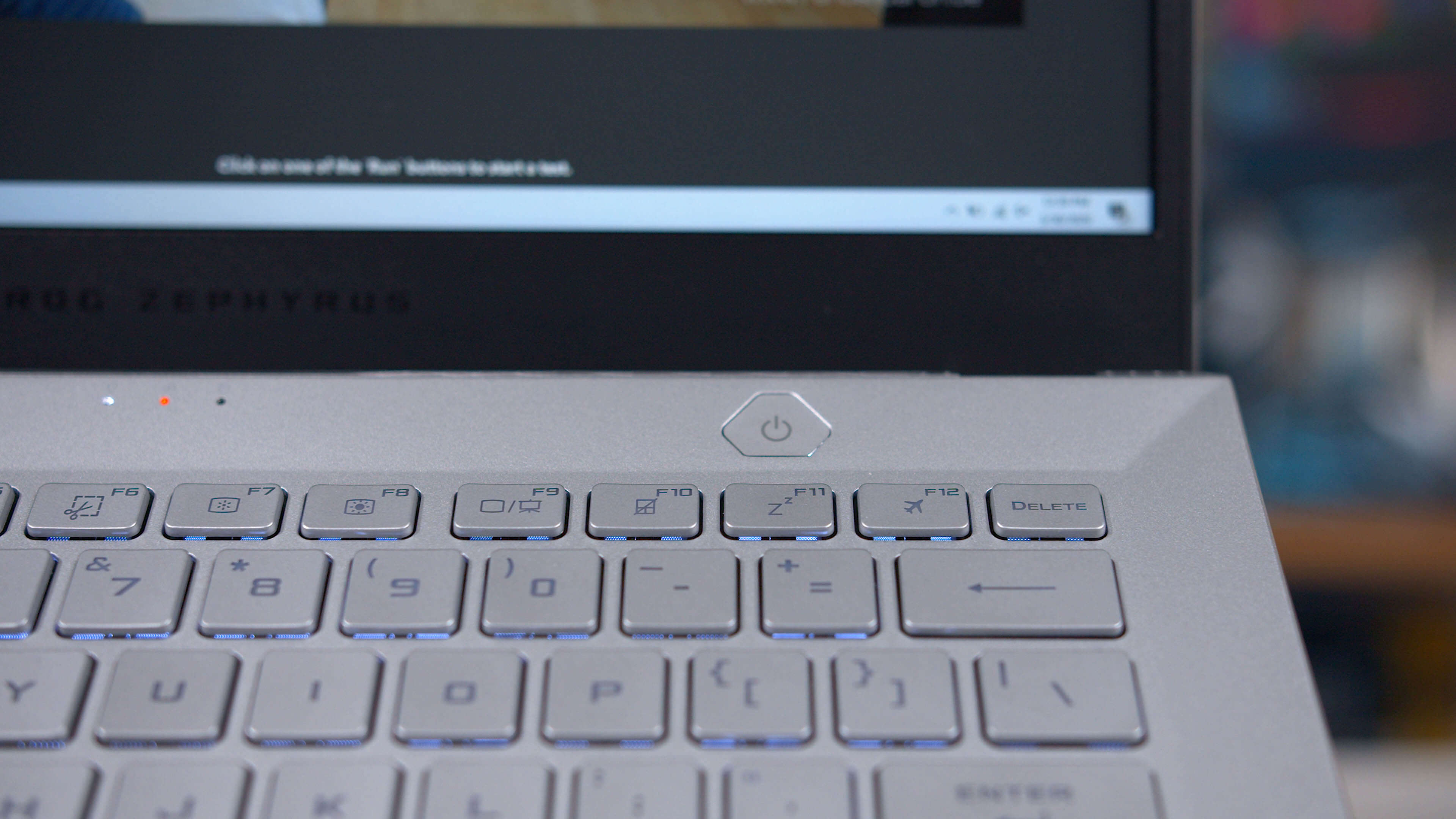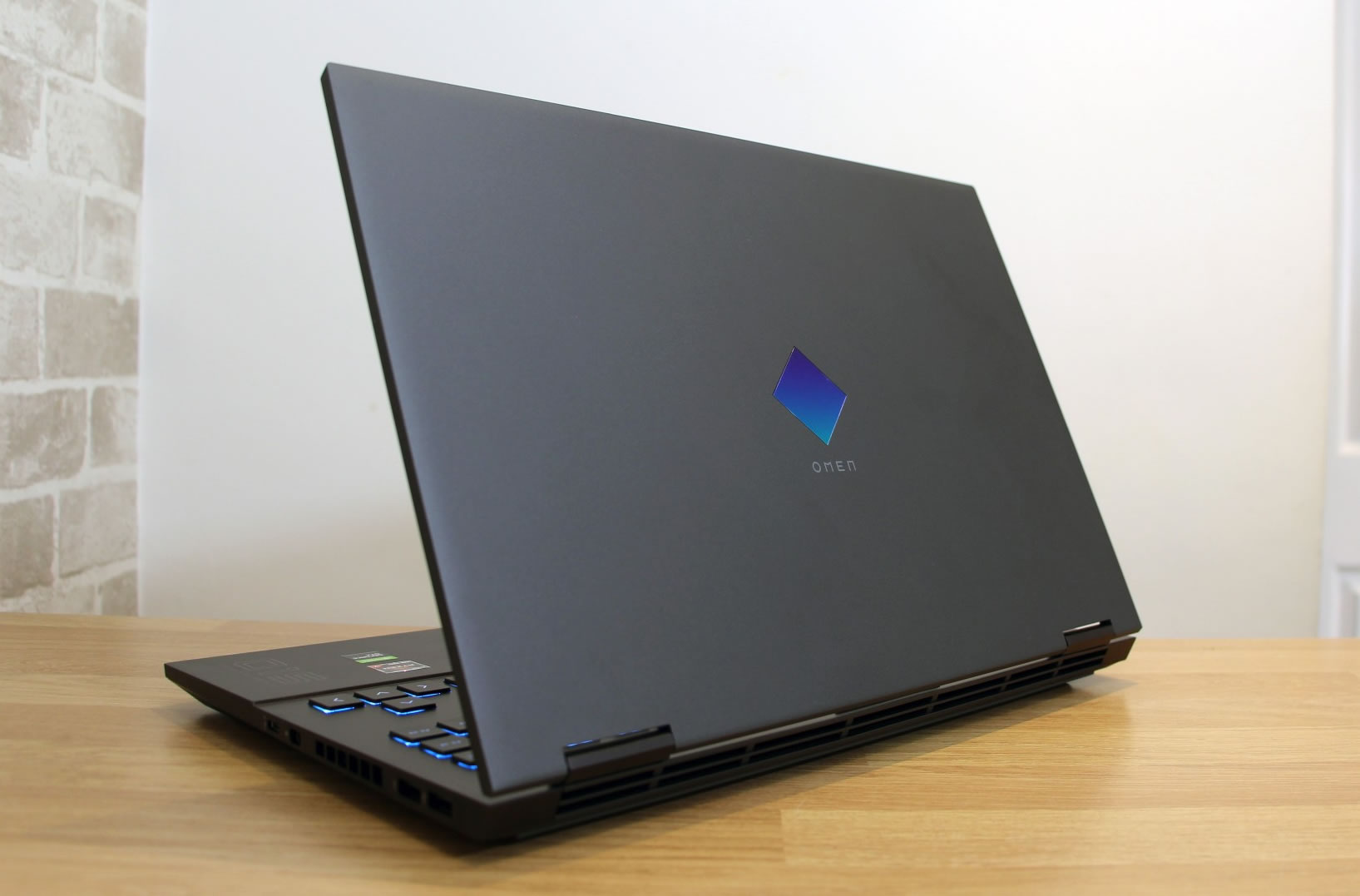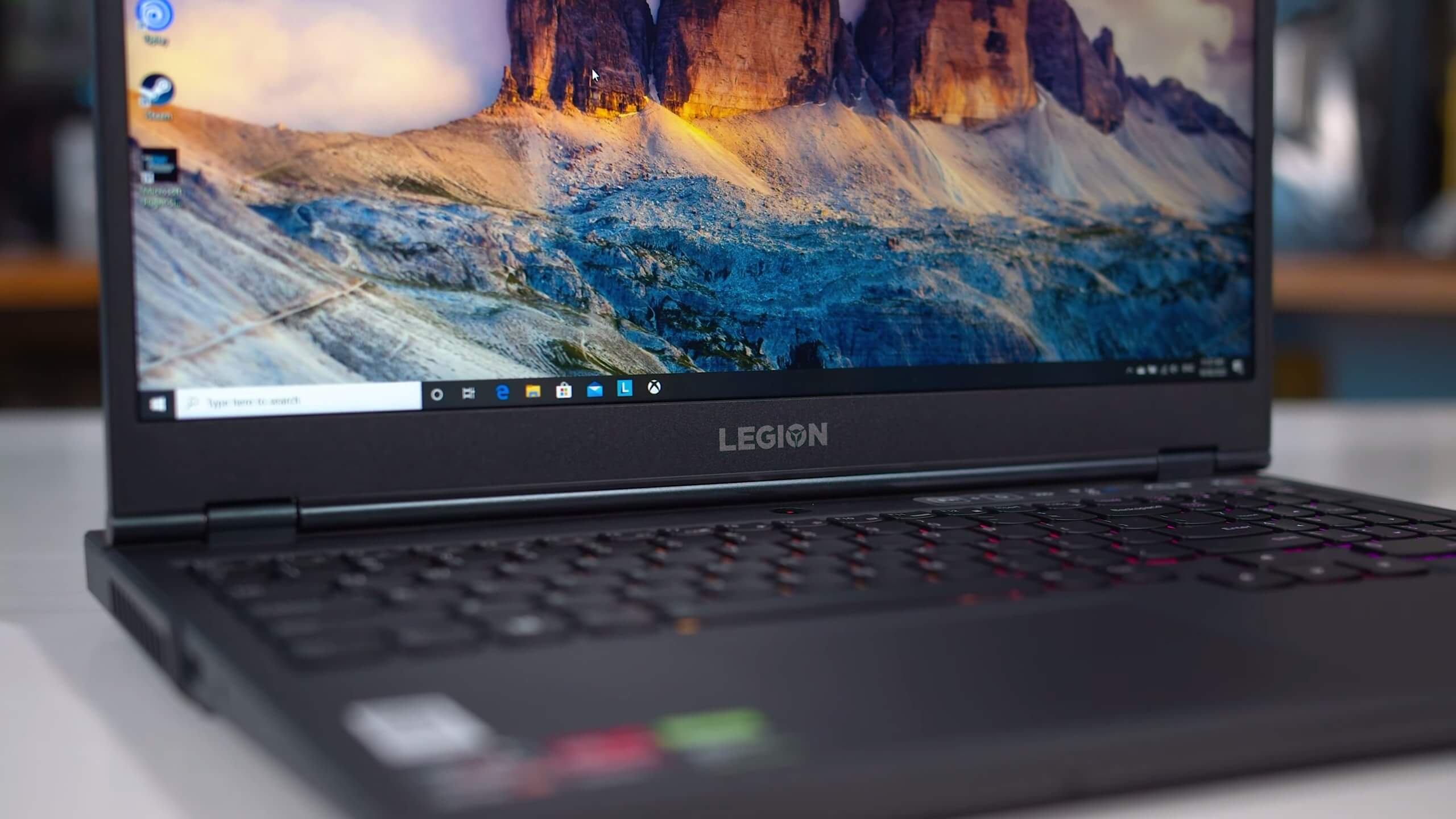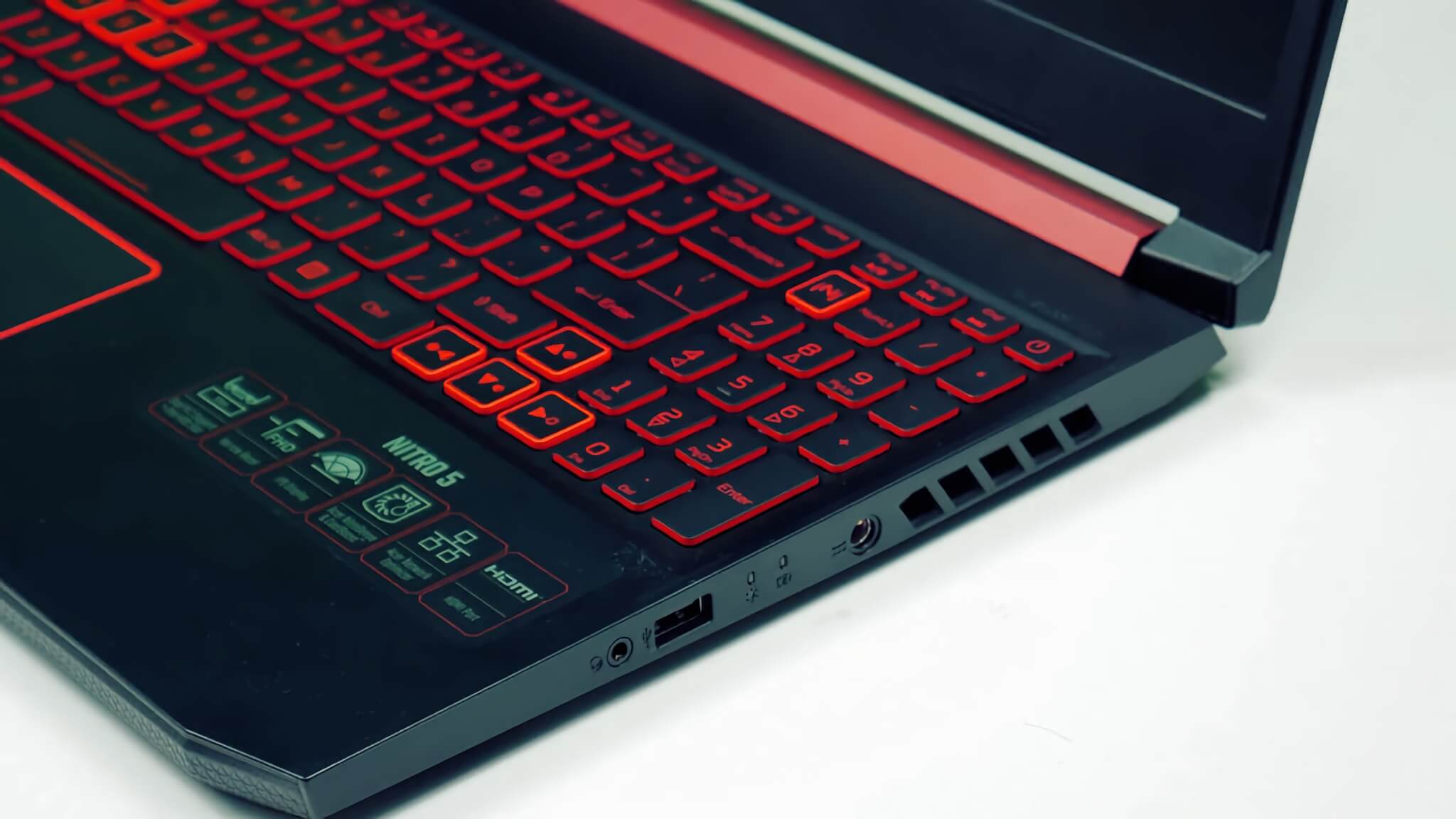As a culmination to our testing of Ryzen Mobile 4000-H processors and the various laptops they are found in, today we're discussing the best AMD gaming laptops on the market so far.
It's clear that mobile Ryzen is not as widely available as we wished, but various new laptops have been released and reception has been great, including the Asus ROG Zephyrus G14 and most recently the HP Omen 15, which launched with 10th-gen Intel chips and is now shipping the long awaited AMD model as well.
These recommendations are based on a number of factors. We've been fortunate to test a number of these options in-depth although some models are not available everywhere, so to strengthen this look we've spoken to other testers and gathered their impressions. We've also looked at every laptop in most available configurations, assessing all hardware options to see what products out there offer the best value, using the US retail market as a baseline. Our recommendations are split in three price segments: the upper range of AMD laptop pricing, which right now is more like the mid-range of the overall market, then mid-tier options, and finally a look across entry-level configurations.
Before that though, it's important to go through the strengths and weaknesses of Ryzen 4000-H APUs. While this is a strong series of processors, there are some situations where an Intel system might be a better choice.
The key area where AMD really pulls ahead of the competition is in productivity performance, especially multi-threaded productivity. The Ryzen 7 4800H is up to 70% faster than the Core i7-10750H in some workloads, offering at least 50% better performance for tasks like Handbrake video encoding and ~30% better performance for compilation. The Ryzen 5 4600H is also faster than the 10750H in most instances outside of single-thread performance, while absolutely destroying Intel's Core i5 quad-core line.
AMD's latest APUs are also more efficient, so modern AMD laptops can do more with the energy available in the device's battery, allowing for more performance within a charge, or improve battery life at idle. While gaming laptops aren't known for their stellar battery life, you can expect longer video playback times with an AMD machine, for instance. Moreover, for a given level of performance, a Ryzen 4000 system will usually be either cooler or quieter, depending on the model. Even if productivity performance isn't key for you, you should be able to achieve Intel-like performance with a near silent system in heavy tasks.
However, for pure gaming, an Intel machine can be faster with an equivalent GPU configuration. In our direct comparison between two laptops of the same design, the Intel system was 5 to 10 percent faster in games, even at Ultra settings. This could be a factor that sways you towards an Intel machine, especially if you will only be gaming and pricing is similar, although AMD configurations are usually cheaper. For mixed workloads, a bit of gaming, web browsing and some productivity, AMD is generally the better option.
All the AMD Ryzen 4000 Laptops
| CPU | GPU | RAM | SSD | Display | Price | |
| Acer Nitro 5 | 4600H | 1650 | 8GB | 256GB | 60Hz | $670 |
| Asus TUF Gaming A15 | 4600H | 1650 | 8GB | 512GB | 60Hz | $800 |
| Dell G5 SE | 4600H | 5600M | 8GB | 256GB | 60Hz | $850 |
| Lenovo Legion 5 | 4600H | 1650 | 8GB | 512GB | 120Hz | $900 |
| MSI Bravo 15 | 4800H | 5500M | 8GB | 512GB | 120Hz | $910 |
| Dell G5 SE | 4800H | 5600M | 8GB | 512GB | 144Hz | $950 |
| Lenovo Legion 5 | 4800H | 1650 | 8GB | 512GB | 120Hz | $980 |
| Asus TUF Gaming A15 | 4800H | 1660 Ti | 16GB | 512GB | 144Hz | $1000 |
| HP Omen 15 | 4800H | 1660 Ti | 8GB | 512GB | 144Hz | $1050 |
| HP Omen 15 | 4800H | 1660 Ti | 16GB | 1TB | 144Hz | $1150 |
| Asus TUF Gaming A15 | 4800H | 2060 | 16GB | 1TB | 144Hz | $1200 |
| Eluktronics RP-15 | 4800H | 2060 | 16GB | 512GB | 144Hz | $1250 |
| Asus ROG Zephyrus G14 | 4900HS | 2060 Max-Q | 16GB | 1TB | 120Hz | $1400 |
Because AMD laptops tend to top out with RTX 2060 GPUs, this is more like a mid-range gaming laptop when you consider the overall market. But that shouldn't be off putting as there's still great performance and excellent value on offer here.
The two main contenders in the top end space right now are the Asus TUF Gaming A15 and the Eluktronics RP-15, or XMG Core 15 (and other OEM branding for this TongFang chassis). Eventually we expect the these to be joined by RTX 2060 models of the HP Omen 15 and Lenovo Legion 5, but currently they aren't widely available. Of those two, the Eluktronics / XMG Core 15 is clearly the better laptop. It is slightly more expensive than the Asus TUF, but for that extra $50 you get so much more.
Why is it better? It's capable of higher CPU performance. While the A15 maxes out at a 45W power limit on the CPU long-term, the RP-15 pushes up to 72W, which in practice delivers 10% better performance and gets this laptop quite close to a desktop Ryzen 7 3700X. The GPU is also faster with its 110W power limit versus 90W, which allows for a small performance advantage in games, too. The RP-15 can push up to these power limits because of its overall superior cooling design. The Asus TUF A15's cooler is very limited, and depending on the ambient temperature, gets close to thermally throttling, especially in games.
The XMG Core 15 features a much better display, too. Both come configured with 1080p 144Hz IPS screens, but the XMG uses a BOE panel compared to a Panda panel on the A15. The result is about 3x better response times on the RP-15, as well as full sRGB gamut coverage, which the Asus model does not offer. This BOE panel is a far superior display for both content creation and gaming, and given the display is very difficult to upgrade, it's worth buying a laptop that has a good one by default.
Also worth considering is the Asus ROG Zephyrus G14, and its larger brother the G15. While not pure gaming laptops, the G14 in particular is an excellent choice for a highly portable yet powerful machine. It packs up to a Ryzen 9 4900HS and RTX 2060 Max-Q GPU, offering unheard of performance in a 14-inch form factor.
You won't be getting the performance of the larger 15-inch systems we've just been talking about, especially on the GPU side, but the 4900HS does get very close to the 4800H in practice, falling slightly behind due to its 35W power limit versus 45W and above with the 4800H. There are a few other drawbacks, like the display's response times, and the cooler's tendency to run a bit hot. But at $1400 we think some of those trade-offs are worth it for the performance available in this form factor, although we'd be more inclined to recommend it for productivity users than pure gamers.
Mid-Range Offerings
Perhaps the hardest market segment to make a recommendation in right now because there's a larger number of models competing with similar hardware. From the get-go, two laptops we can dismiss easily: the Asus TUF Gaming A15 and MSI Bravo 15. They run hot, loud and have woeful displays.
Conversely, there are two laptops we've been testing recently and are highlights in this segment: the HP Omen 15 and Lenovo Legion 5. There are plenty of strengths here.
The HP Omen 15 is a competently designed laptop with an excellent cooling solution, which allows the Ryzen 7 4800H to push above its stock settings, with sustained power draw around 53W. With the GTX 1660 Ti at 80W, the cooler doesn't get all that hot or loud. The display is an LG 144 Hz IPS panel, one of the better gaming panels going around, so it's good to see HP paying attention to that, too.
For best value, the $1050 configuration packs a Ryzen 7 4800H, GeForce GTX 1660 Ti, 8GB of RAM and 512GB SSD, plus the aforementioned 144Hz display. We'd also consider a do-it-yourself upgrade to 16GB of RAM for about $50, rather than going all the way up to the $1150 configuration. That places the total system cost at $1050 to $1100 depending on what RAM you end up with, and we think that's a fair price.
On paper it could be argued it's 10% more expensive than the Asus TUF for the same hardware configuration, but it resolves the two major flaws of the A15: you get a much better cooler and display. That is easily worth the asking price.
The Lenovo Legion 5 is another good alternative. Using the Performance mode, Lenovo allows the CPU to push up to 65W of power, which like the XMG Core 15 gives you that performance edge over other laptops in CPU-limited productivity tasks. It offers this with outstanding thermal performance, running cooler and quieter than other laptops we have tested in workloads like Handbrake. It also has a nice design with a great keyboard, and there are decent display options: the 60Hz option is cheaper and has full sRGB coverage, which is good for productivity. Meanwhile the 144Hz display option is a high quality panel suitable for gaming. However, we would avoid the basic 120Hz option if possible.
Our main issue with the Legion 5 right now is pricing and configurations. The absolute cheapest model is $900, and for that you're getting just a Ryzen 5 4600H, 8GB of RAM, the low quality 120Hz display option, and a GTX 1650 GPU. If you want a 4800H, you are facing a $1000 asking price with the same memory and display configuration. That's too much for this sort of hardware and the 1660 Ti config is not available yet.
For around $900 we would be swaying towards the Dell G5 SE instead. We don't think this is a particularly amazing laptop - and we find it hard to recommend any of the options around this price point - but it does have the best set of hardware. $950 gets you the Ryzen 7 4800H, RX 5600M GPU, 8GB of RAM and a 144Hz display, which all things considered is a pretty good deal.
The Radeon RX 5600M is similar in terms of performance to the GTX 1660 Ti, which makes it a better choice than 1650 GPU options around this price. That said, the thermal solution on the Dell is not great. It doesn't run egregiously loud but it does run hot, with Dell going with their usual mantra of allowing components to run at 100C. The design is also pretty dated in our opinion, especially compared to most other Ryzen laptops.
Entry-Level Models
The final category is very straightforward, but also the category where we have limited hard data on right now. The clear entry-level choice is the Acer Nitro 5, but we haven't been able to test it ourselves yet.
With that said, for just $660 you are treated to a compelling feature set: Ryzen 5 4600H, GTX 1650 GPU and 8GB of RAM, with a basic 1080p 60Hz display. Nothing here will set the world on fire, but for the price, this is hard to beat. Looking at tests we trust, we've seen that the Nitro 5 suffers from limited SSD space and a mediocre display, but the performance is good.
What to Buy
To wrap things up, our main performance recommendation goes to the Eluktronics RP-15 / XMG Core 15 which is available for around $1250 with the RTX 2060. If you need something more portable, the Asus ROG Zephyrus G14 is certainly worth considering.
For around $1100, the HP Omen 15 is a solid offering and good value. If HP decides to offer the same model with more powerful GPUs, we'd certainly pay attention.
Then for anything at or below $900, you may as well just grab the Acer Nitro 5, which offers seriously good hardware at that price. In fact, it is rare that we'd ever suggest buying a gaming laptop in this price segment but here we are. Acer looks to be offering the goods.
Clearly, this is the best collection of AMD gaming laptops we've had on the market yet. No surprise, the previous-gen Ryzen 7 3750H wasn't great, so manufacturers only offered it on lower-end designs. Now with Ryzen 4000, those same makers are realizing there's something of interest here and it's worth putting it in decent mid-range chassis.
| CPU | GPU | RAM | SSD | Display | Price | |
| Acer Nitro 5 | 4600H | 1650 | 8GB | 256GB | 60Hz | $670 |
| Dell G5 SE | 4800H | 5600M | 8GB | 512GB | 144Hz | $950 |
| Lenovo Legion 5 | 4800H | 1650 | 8GB | 512GB | 120Hz | $980 |
| HP Omen 15 | 4800H | 1660 Ti | 8GB | 512GB | 144Hz | $1050 |
| Eluktronics RP-15 | 4800H | 2060 | 16GB | 512GB | 144Hz | $1250 |
| Asus ROG Zephyrus G14 | 4900HS | 2060 Max-Q | 16GB | 1TB | 120Hz | $1400 |
As we see it, there are still two holes in the market that need filling. One is a great value $1000 option that can set itself apart. We're thinking something like an Omen 15 but just that little bit cheaper to stamp its authority in that price category. The other is, of course, higher-end machines, especially those with an RTX 2070 or RTX 2070 Super, which we think would sell well given the RTX 2060 just isn't powerful enough for some buyers. There are no signs of a system like this coming to market any time soon though, and that's disappointing.
Finally, we'd like to close this one out by commenting on the next-gen GPU situation. We've seen comments about waiting until the next generation of mobile GPUs before buying. Just know, it's unlikely this is happening any time soon, especially on the Nvidia side. You might be waiting until 2021 for that sort of hardware to materialize, despite desktops getting an upgrade in the next few months.
